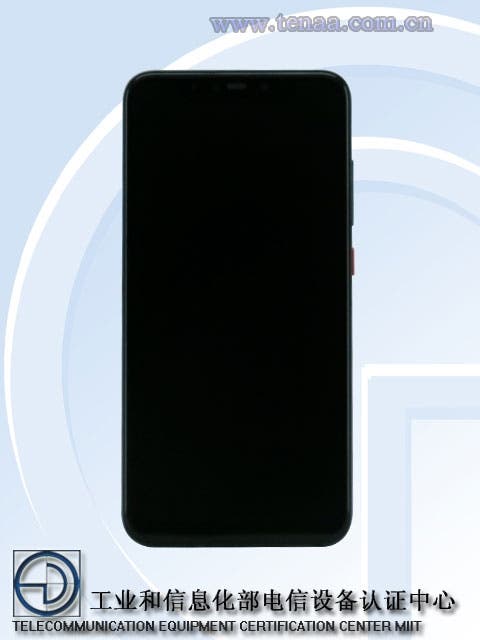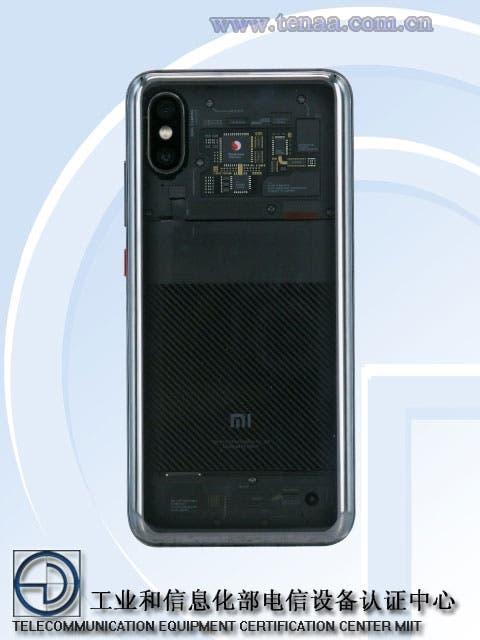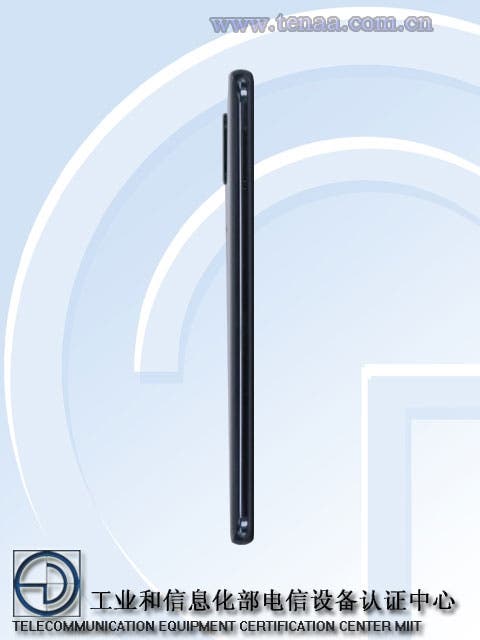At the conference on May 31 this year, Xiaomi unexpectedly brought a big surprise – the Xiaomi Mi 8 Explorer Edition. Compared with the regular version of the Xiaomi Mi 8, its biggest feature is the addition of a pressure-sensitive on-screen fingerprint reader, structured light face recognition, and a transparent back cover. According to Xiaomi’s plan, this handset should be listed in late July, and it should be priced at 3,699 yuan ($552). Now in mid-July, we wonder whether this phone is ready to ship. Fortunately, our friends at Mydrivers have found the phone passed through TENAA with a model number of M1807E8S, which simply means everything is ready to go as scheduled.

As a reminder, the Xiaomi Mi 8 Explorer Edition sports a 6.21-inch OLED full-screen with a resolution of 2248 × 1080 pixels, a Snapdragon 845 processor, an 8GB RAM, a 128GB native storage, a 12MP + 12MP dual-camera, a front-facing 20MP camera, a built-in 2900mAh capacity battery, and supports dual-frequency GPS.

But these are not the most highlighted features of the Xiaomi Mi 8 Explorer Edition. Though along with the regular version it is considered to be the world’s first dual-frequency GPS smartphone, there are a few other more interesting features, making it unique in the world. Say, this is the world’s first pressure-sensitive screen fingerprint smartphone. Compared to ordinary screen fingerprint phones such as the VIVO NEX and Huawei Mate RS Porsche Design, the Xiaomi Mi 8 EE innovatively introduces a highly sensitive pressure sensor. When unlocking, the finger does not need to stay too long on the screen. A standard pressure of the screen can obtain a clear fingerprint image, and the vibration feedback will make the unlocking experience smoother.

In addition, since the back of the fuselage is completely transparent, you can see the internal structure of the phone. Say, you can notice the newly designed NFC coil, the Kevlar textured battery decoration, and the high-precision components symbolized everywhere.
At the same time, the Xiaomi Mi 8 Explorer Edition is the first Android phone that supports ‘Face ID.’ Unlike the iPhone’s speckle-structured light solution, it uses a coded structured light scheme to create a millimeter-scale 3D facial model from the 33,000 coded lattices projected by the dot-matrix projector. So the probability to be cracked is close to 0.





